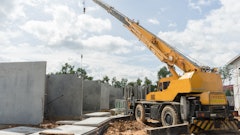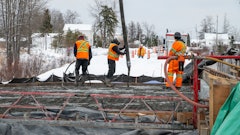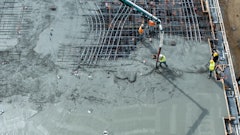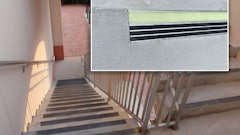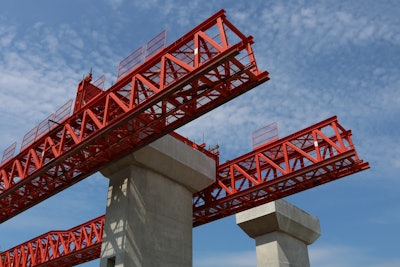
Chloride-induced corrosion has long been a leading cause of bridge deterioration, particularly in coastal areas, the U.S. Midwest and the Middle East. Exposure to moisture, oxygen and chlorides weakens steel reinforcement and causes concrete to crack and spall, often cutting a bridge’s expected service life dramatically. As demand grows for infrastructure that lasts longer, corrosion control has become an essential part of bridge design and maintenance.
Surface Protection for Existing Structures
For bridges already in service, surface-applied corrosion inhibitors such as MCI-2020 and MCI-2018 offer preventive protection. These products penetrate through concrete to reach embedded steel and help slow the corrosion process. MCI-2020 provides corrosion inhibition, while MCI-2018 combines that protection with a silane water repellent to help prevent moisture intrusion. Both can also be used after concrete repairs to reduce the “ring anode effect,” which can cause corrosion to spread between new and old materials.
Simple Corrosion Control for Repairs
For patch and maintenance work, MCI Grenades can be mixed directly into repair mortar to protect steel surfaces and minimize further corrosion. This approach helps extend the effectiveness of repairs and maintain structural integrity.
Extending Service Life Through Corrosion Prevention
From new construction to maintenance and repair, MCI products give engineers and contractors practical tools for reducing corrosion risk and extending bridge service life. With the right corrosion protection strategy, bridges can better withstand chloride exposure and remain safe and durable for decades.









